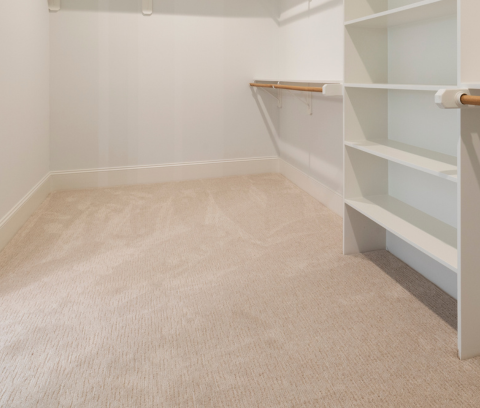15144-Balutch Tent Band Hand-Knotted/Handmade Persian Rug/Carpet Tribal/Nomadic Authentic/ Size: 4'9" x 4"/ 145cm x 10cm
Previous Product Next ProductBabak's Oriental Carpets
1 in stock
Antiques
Base: Cotton
BALUTCH
Details:
These carpets, contrary to the name, do not come from Baluchistan, which is on the border between southwest Persian and Pakistan. They are hand knotted, in fact, in the eastern part of Khorassan and in a large area of western Afghanistan, along the Iranian border. Balutchis are almost exclusively nomad work and are woven, for the most part, by Balutch tribe. As with all nomadic carpets, Balutchis are made on ground looms. The warp is mainly wool though recently cotton has gone into use as well. With a few exceptions, the weft is a single thread. The pile is of good quality wool but is lacking in luster and is not very deep. Natural camel wool has also been used. The Persian knot has a density of between 60 to 100 knots per square inch. Balutchis are typically small, like prayer rugs.
Description:
The most common type of Balutchis is prayer rugs. Often the only common feature is the oriented form of the design. The differences lie in the multiplicity of motifs used, which differ greatly from carpet to carpet. The most frequently found design has a cupola on either side of the niche. In other Balutchis, the field of the niche contains a tree of life. Yet other examples have a more formal decoration, which is frequently reduced to a simple division of the ground into diamonds of different colours. Even Balutchis with a normal decoration use quite varied motifs – the typical ones used for carpets from this region as well as ones borrowed from elsewhere, such as the Bokhara gul or the floral mina khani. Balutch borders are usually composed of a succession of narrow bands, almost all of which are of the same size. The border decoration is very simple and inspired by geometric designs, particularly the Greek key and diagonal wedges in alternating colors. Different colors are often used for each of the narrow bands but the wide one is always the same color as the ground.
Balutchis can usually be recognized by a tendency to enclose motifs within a lattice, and by the use of strong white or yellow ochre outlines, particularly in the border. However different they can be in design, Balutchis have one point in common – the colors. Red and dark blue predominate, both of them used for field, motifs and borders. Some Balutchis have a beige background. This is nearly always the result of the use of natural camel. Yellow and orange are also quite common in the border and motifs.
Price Range and Value:
LOW TO LOW/MEDIUM
A good Balutch is arguably the best buy amongst all contemporary nomadic rugs. They have been some of the most eminently collectable items for decades and there is no reason why this should change. You are unlikely to make large profits investing in a Balutch, but a good quality item should do more than hold its own against inflation, and carpets from some of the sub-tribes are becoming increasingly rare.
For any further questions please call us at: (250) 480-7114
Articles & Videos
Wikipedia Entry (Article)
Britannica Entry (Article)
Landscape & Nature (Video)
More Information (Article)































